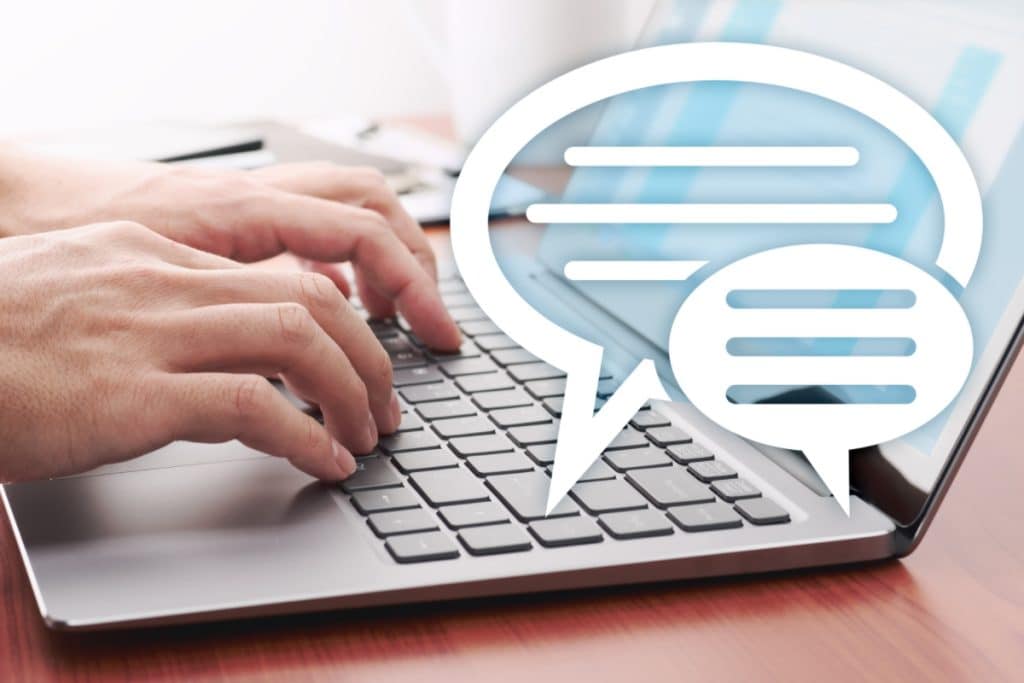In 2021, Salesforce acquired Slack for just under $28 billion. Since that time, everyone has been waiting for big things to happen. Many of these expectations have come to fruition as Slack, GoldFinch ERP, and Salesforce have become a united front for marketing, sales, and service. There were already many companies using Salesforce and Slack separately. And now, things just got better.
Below, we’ll look at some of the benefits of integrating Slack with Salesforce and, thanks to the Slack Help Center, outline some tips to combine them to help you make the most of both tools.
Background
We already know that Salesforce is the #1 customer relationship management (CRM) solution, and Slack is one of the most popular platforms for workplace communications. In addition, GoldFinch ERP is a favorite for enterprise resource planning.
Therefore, it makes sense that you have a powerhouse when you bring the three together. This platform streamlines communication and productivity across your organization, ultimately improving customer relationships and operational efficiency.
Streamlining Collaboration
You already know about the benefits of integrating Salesforce CRM with GoldFinch ERP, but you may not realize how Slack makes it even better.
There are many benefits of adding Slack to your workforce suite—the most obvious being that it provides pertinent information to your teams without them having to switch between the two.
Communication is shared in real-time and within the platform where your team spends most of their day. Multiple conversations are organized by personnel groups or specific projects and topics. Sharing knowledge and related files stays within smart, topical threads, allowing follow-up to be more efficient and effective.
When you rely on email or text messaging, as one example, meaningful communication becomes detached from the project. In addition, messages often exclude the rest of the team. Locating these critical data bits translates into wasted time and, commonly, lost information.
Slack simply keeps your messaging together. Slack plus Salesforce plus GoldFinch ERP keeps your data centralized and accessible.
How to Use Salesforce & Slack Together
Integrating Slack with Salesforce is relatively simple. First, you need to install both applications to make it work. Start by adding the Slack app to your Salesforce account and then vice-versa. Once installed, authenticate and connect the two accounts and assign permissions to integrate them. Now, you’re ready to move forward.
Things to Consider Before Migrating
If you didn’t know, Salesforce released a new version of their app in the app directory and an updated Slack package in October 2019. Therefore, if you are currently using the legacy version, you need to remove it and test the new version before starting the installation and configuration.
There are also a few other recommendations from Salesforce to ensure that the migration goes smoothly, including:
- Take the time to explore both apps to understand the features and make sure they support the needs of your team
- Add the Slack package to your Salesforce sandbox/development instance and use it in a test workspace. If everything is working as you want it to, repeat the installation steps in your production Salesforce instance and workspace.
Integrating Salesforce/Slack
Now, it’s time to have fun and connect the two accounts. Once you have both apps installed, follow these steps:
- On the top left side of the Slack desktop app, click “Apps”
- Search for “Salesforce” and click on it
- From the Home tab of the app, click “connect account”
- Once you have both accounts connected, open Slack and return to the homepage.
Once complete, you should have the capability of searching for and sharing Salesforce records within Slack. The Salesforce app allows search results from six basic Salesforce objects: Account, Case, Lead, Opportunity, Task, and Contact. If you need custom objects, they can be configured by an admin.
Search/Share Salesforce Records in Slack
Searching/Sharing Salesforce records in Slack is simple. Here’s what you need to do:
- In Slack, click the plus icon by the message field
- From the menu, search for/select “find and share record”
- Enter the name of the record you need and click “view record”
- Click share to share the record with your team
Setting Up Salesforce Alerts in Slack
Below, we’re going to explore how you can set up three types of alerts from Salesforce in Slack:
- Channel Alerts
- My Alerts
- Bulk Alerts
Channel Alerts
A channel alert will send a message to a specific channel when changes have been made to an object or record. Here’s how you can set up channel alerts:
- Next to the message field, click the plus icon
- From the menu, search for/select “add/edit alerts” for the channel
- From the drop-down menu, choose the desired channel
- Click “add record”
- From the drop-down menu, choose the desired record
- Click “add to (channel name)”
- Check the box next to the alerts you’d like to post to the channel
- Click on “Save”
My Alerts
The “My Alerts” option will send you a message when there are changes to a record that is assigned to you. Here’s how you can manage “My Alerts”:
- On the left sidebar of the desktop app, click on “Apps”
- Search for/select “Salesforce”
- From the home tab, click on “Set up my alerts”
- Put a checkmark next to each alert that you want to receive
- Click “Save”
Now, your alerts are set up.
Bulk Alerts
“Bulk Alerts” can be set up to send messages to a selected channel when there are changes to specific record types that you select. Here’s how to manage your bulk alerts:
- On the left sidebar of your desktop, click “Apps”
- Search for/select “Salesforce”
- From the home tab, click on “Add bulk alert”
- From the drop-down menu, select the desired channel and click “next”
- Choose the desired record type and click “next”
- Click “Add to (channel name)”
- Remove checkmarks next to the changes you do not want to post to the channel in the bulk alerts
- Click “Save”
Get Started Using Slack with Salesforce and GoldFinch ERP
If you’re ready to take advantage of these benefits, contact us today, and we’ll work with you to ensure a smooth transition—plus, provide you with some tips on best practices for using these tools together.



